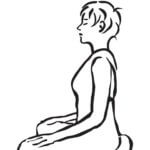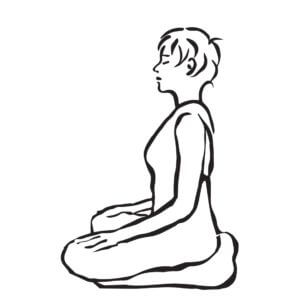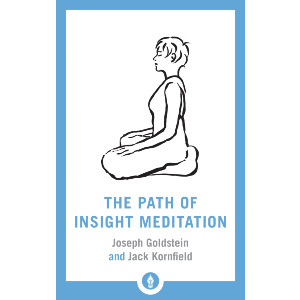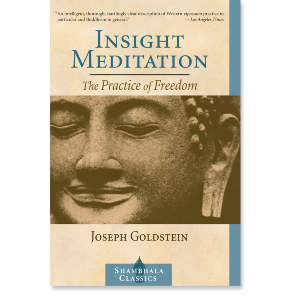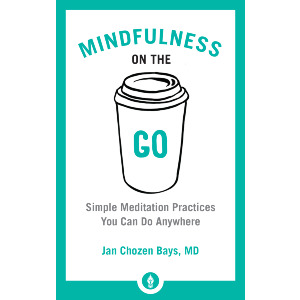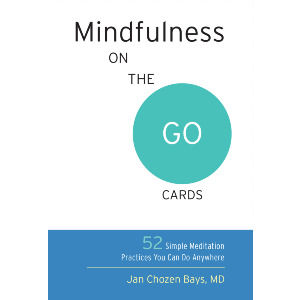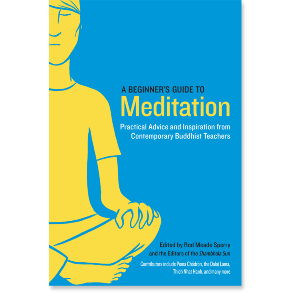1. Daily sitting log.
Here is a way to strengthen daily practice and to see its cycles more clearly. For one month or two, keep a small notebook at the place where you sit. Each day note down how long you sit. Then note down in one sentence the general qualities of the sitting such as “sleepy” or “restless and disturbed” or “calm and light” or “filled with many plans” or “easily centered on the breath,” or whatever you notice. Then in another sentence or two note the general qualities of your day such as “happy” or “relaxed and spacious” or “overworked and tense” or “frustrated and anxious.” At the end of a month or two, review your notes and be aware of the cycles in your daily sitting practice and how they may reflect and be connected to your daily life. Particularly become aware of areas where you may be stuck and those which call for greater mindfulness and acceptance.
2. Reminders to pay attention: Developing the habit of wakefulness.
This exercise lasts one month. At the beginning of each week choose a simple regular activity of your life that you usually do unconsciously, on automatic pilot. Resolve to make that particular activity a reminder, a place to wake up your mindfulness. For example, you might choose making tea, shaving, bathing, or perhaps the simple act of getting into the car. Resolve to pause for a couple of seconds before each time you begin the activity. Then do it with a gentle and full attention, as if it were the heart of a meditation retreat for you. As you go through the week, try to bring a careful mindfulness to that act each time it arises in your life. Even the simplest acts can be a powerful reminder and bring a sense of presence and grace. If you choose the opening of doors throughout the day, you can open each door as if the Buddha himself were to pass through with you. If you choose the act of making tea or coffee, you can do it as if it were a gracious Japanese tea ceremony. At the end of the week add another activity, until by the end of the month you have included four new areas of your life into daily mindfulness. Then, if you wish, continue this exercise for a second and third month, bringing the power of attention into more and more of each day.
3. Choosing a life of voluntary simplicity.
Do this exercise after a day or more of meditative sitting or after a day or more spent removed from civilization in nature. Sit and allow yourself to become calm and silent. Then, in a simple way, review your current life. Bring to mind each of several major areas including your schedule, your finances and work, your relationships or family life, your home, your leisure activities, your possessions, your goals, and your spiritual life. As each area comes to mind, ask yourself the question: What would it be like to greatly simplify this area of my life? Continue to sit quietly and reflect, letting the images or answers arise for each area about which you ask. Then, after reflecting in this way, again bring to mind each area and ask a second question: If it became simpler, would I be happy?
The purpose of spiritual life is to discover freedom, to live in harmony with the world around us and our own true nature. To do so brings happiness and contentment. If any aspect of your life shows a need for simplification and if the way for this simplification shows itself to you, keep it in mind and begin the process of mindful change.
Related Books
The Path of Insight Meditation
$12.95 - Paperback
$18.95 - Paperback
$12.95 - Paperback
$16.95 - MixedMedia
A Beginner's Guide to Meditation
$19.95 - Paperback



